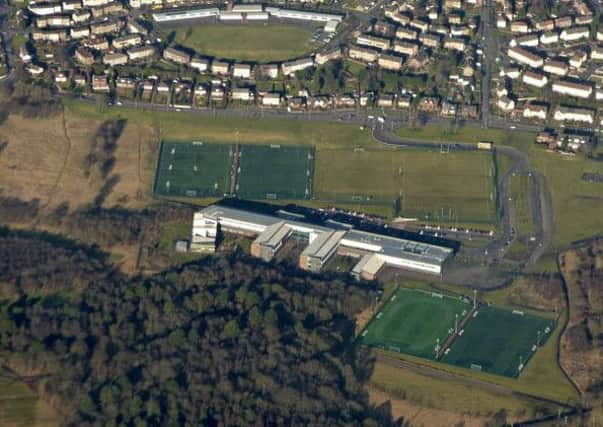Schools’ water has three times legal copper levels


Pupils and teachers at Buchanan High and St Ambrose High in Coatbridge, North Lanarkshire, were told not to drink tap water in December, three years after the first warnings that it was running blue.
Now the results of tests show the amount of copper in the water was more than three times the permitted levels in the home economics room and nearly double in the school kitchen.
Advertisement
Hide AdAdvertisement
Hide AdThe tests also revealed water in the staff room and the school kitchen failed to meet regulated standards because of the presence of coliforms – bacteria which indicate faecal contamination.
The schools share a campus, which was built on a former landfill site for industrial waste.
However, the contamination may come from the copper pipework, which is being replaced with plastic.
Teachers have raised concerns over the blue water issue affecting their health, with figures showing Buchanan High has the highest rate for teacher sickness absence in North Lanarkshire.
A report last March revealed the extent of the problem, noting it was “all throughout” St Ambrose High and in areas of Buchanan High.
Fulton MacGregor, MSP for Coatbridge and Chryston, who raised the matter during First Minister’s Questions in Holyrood last week, said the testing showed there was “clearly an issue”.
He said: “It is concerning that the levels of copper found at the end of last year were so high and also that there was bacteria found to be present.
“The relevant agencies appear to be giving the situation their close attention, with work well under way to replace the corroded pipework. But legitimate questions do remain over what is causing this in the first place. We need longer term reassurances that there will not be a reoccurrence.”
Advertisement
Hide AdAdvertisement
Hide AdAn analysis of the coliform levels in the water from the school kitchen and staff room concluded that the samples did not meet the requirements of water supply regulations.
Microbiologist Professor Hugh Pennington said: “There shouldn’t be any coliforms in drinking water, there should be zero, so there is something wrong somewhere.
“Coliforms themselves are a harmless bug, but they indicate faecal contamination.”